Did you know? Turkey is the world’s leading producer of both fresh and dried figs (incir) — and it’s no wonder they’re a staple in the Turkish diet. In summer, they’re eaten straight from the tree (sometimes quite literally), while in winter they’re enjoyed dried.
If you’re in Fethiye now or planning a late-summer trip, you’re in luck — it’s fig season!
A Brief Introduction to Figs
Figs grow on the Ficus carica, a member of the mulberry family. They appear in some of the earliest historical records and are mentioned often in the Bible. Native to the Middle East and Mediterranean, figs were so valued in ancient Greece that laws were passed to prevent their export.
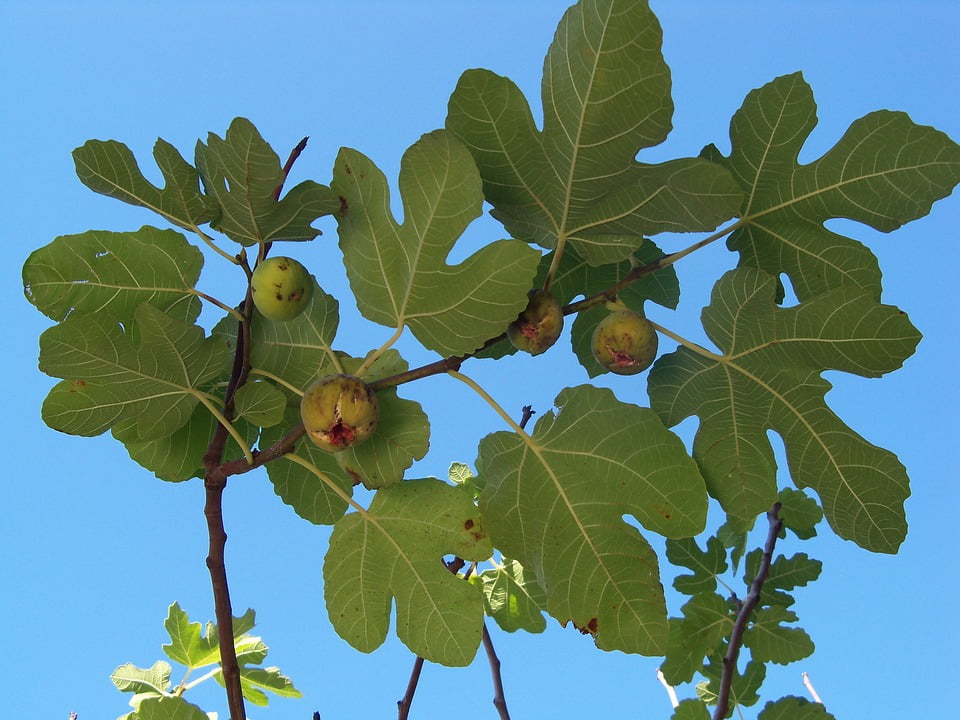
The oldest known tree planted by human hands is a sacred fig (Ficus religiosa) called Sri Maha Bodhiya in Anuradhapura, Sri Lanka. Planted in 288 BC, it was propagated from the famous Bodhi tree under which Siddhartha Gautama — the Lord Buddha — attained enlightenment.

Figs are also unique in that they have a small opening, called the “ostiole” or “eye.” This is not connected to the tree itself but allows fig wasps to enter and pollinate the fruit, helping it develop.
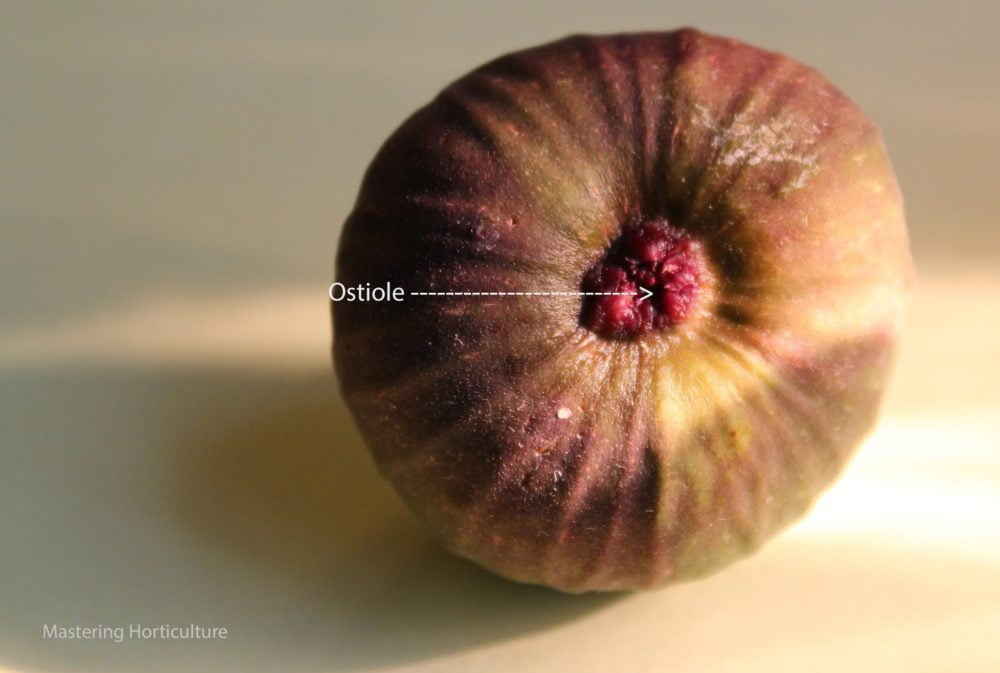
The health benefits
Figs are rich in fibre and packed with essential minerals such as magnesium, calcium, and potassium (which helps lower blood pressure). They’re also a source of vitamins K and B6.
Click here to read more about their health benefits.
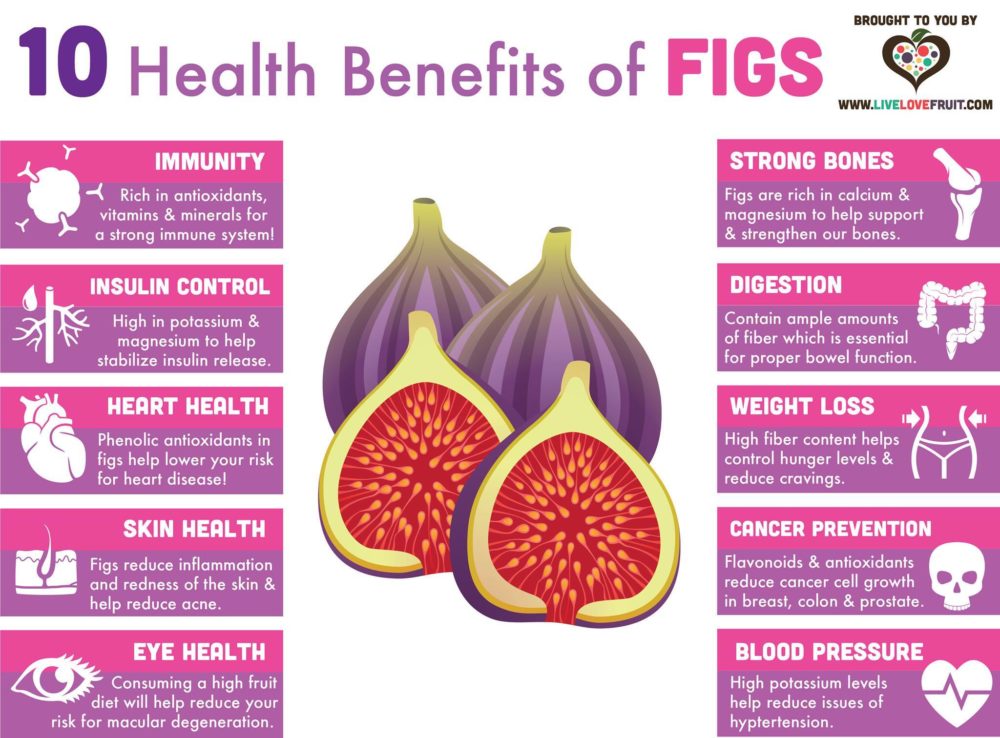
Fresh figs
A perfectly ripe fig offers a luscious sweetness, a soft and chewy texture, and a scattering of tiny, crunchy, edible seeds — a taste and texture combination like no other.
Brown Turkey figs
The most common variety in this region, Brown Turkey figs have dark purple, variegated skins and vibrant red flesh dotted with amber seeds. When fully ripe, they often split open at the stem, revealing their jewel-toned insides.

White figs
These have thin, tender yellow-green skins and chewy flesh with tiny seeds that pop pleasantly when eaten. Younger fruits taste like candied strawberries or raspberries.

If you’re walking around Fethiye, keep an eye out for wild fig trees and try one fresh from the branch — it’s one of life’s simple joys.
Dried figs
Because fresh figs are delicate and quick to spoil, many are dried, producing a sweet, nutritious treat that can be enjoyed all year round.
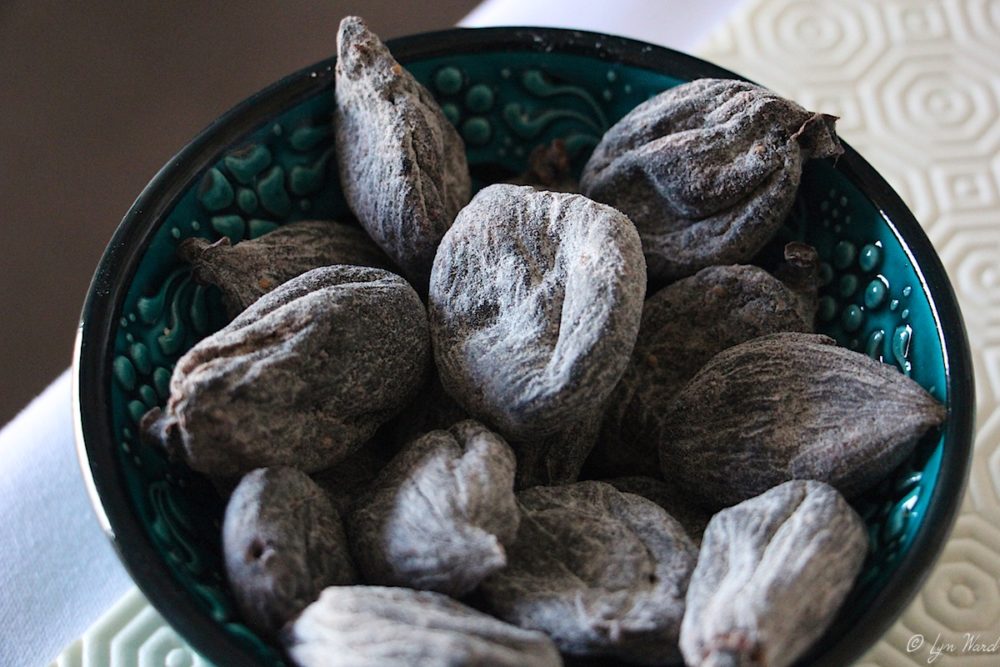
How They’re Enjoyed in Turkey
Figs are woven into Turkish cuisine in countless ways — from simple snacks to elegant desserts. Here are some favourites:
Kaymaklı İncir Tatlısı (Baked fresh figs with honey and clotted cream)
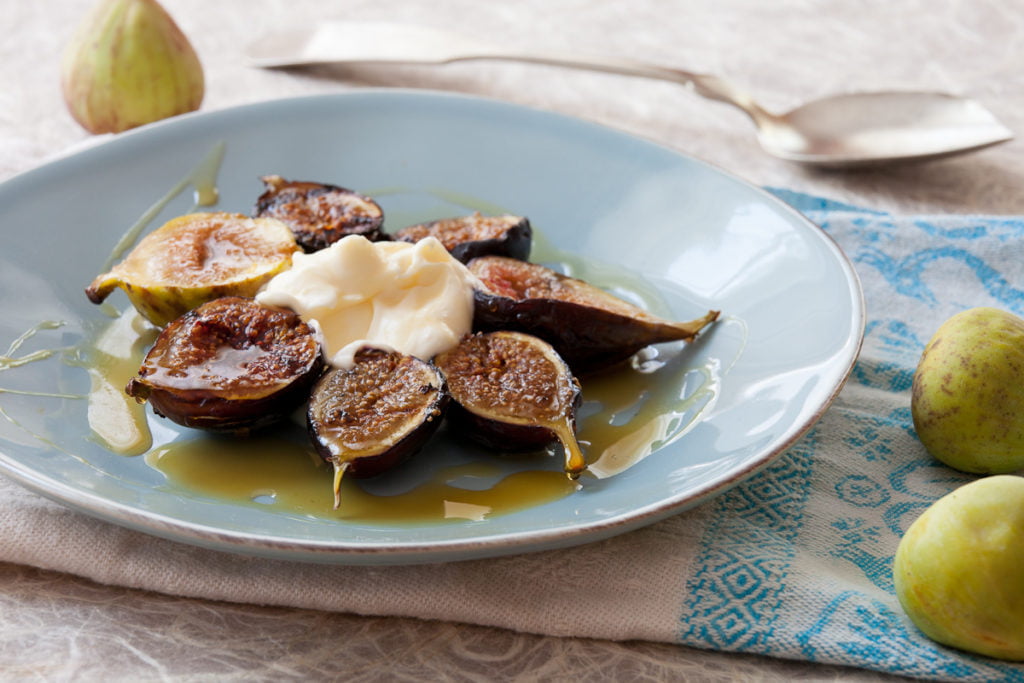
Click here for the recipe courtesy of Ozlem’s Turkish Table
Taze İncir Reçeli (Fresh Fig Jam)
Fig jam is a popular item at Turkish breakfast tables.

Click here for a recipe courtesy of fabfood4all.com
Fresh figs with goat cheese and peppered honey
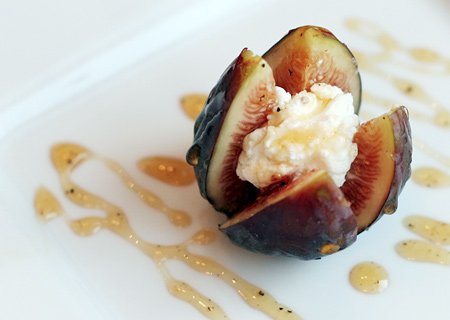
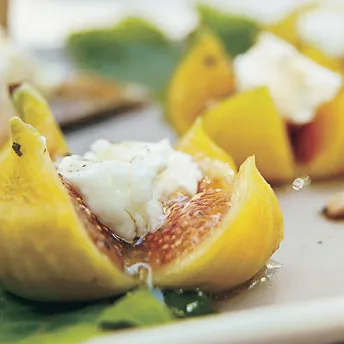
Click here for the recipe courtesy of love & olive oil
Figs and cheese
One of life’s simplest yet most luxurious culinary pairings! The natural sweetness of figs pairs beautifully with an array of cheeses — from the sharp, crumbly bite of a blue, to the creamy indulgence of Brie or Camembert. They’re equally delicious alongside İzmir Tulum, tangy goat’s cheese, or even a soft, spreadable cream cheese.
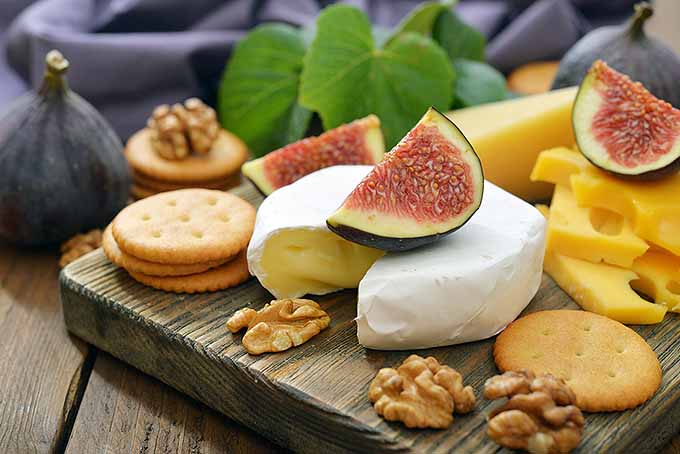
Savour fig season while it’s here, and as the Turks say… Afiyet olsun!








